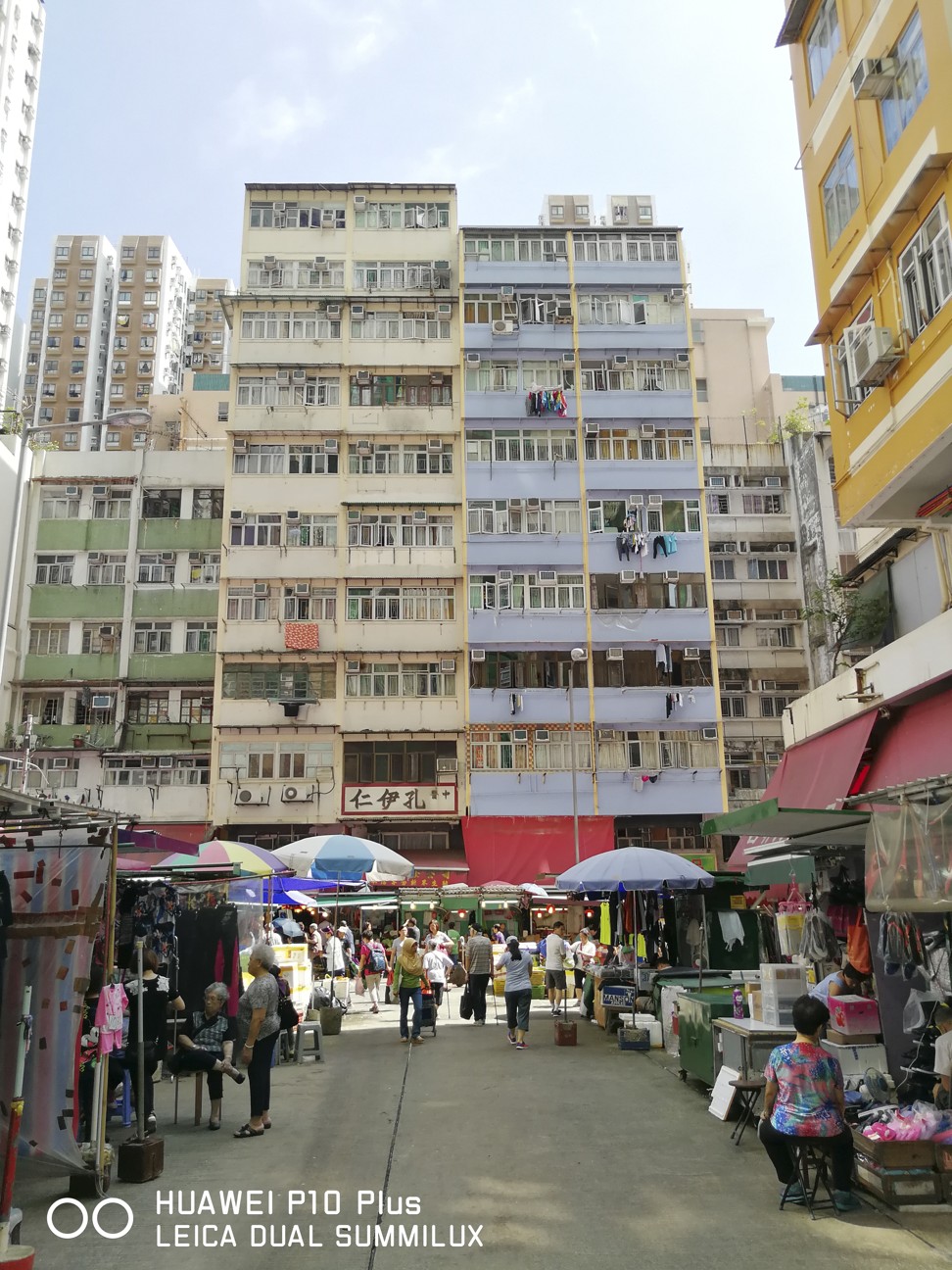Samsung officially released its new Galaxy S8 phones in Hong Kong in May and reviewers have been smitten not only by its super slick design but impressive processing power. Both the S8 and S8+ also boast top-end camera specs, a slight upgrade from those of the S7 series.
But how does the S8+ stack up against the Huawei P10 Plus when it comes to smartphone photography? We crowned the P10, its smaller (and cheaper) sister, the best camera phone in a comparison with two other top-of-the range models, the LG G6 and Sony Xperia XZs, in April.
Which smartphone takes the best photos – the LG G6, Huawei P10 or Sony Xperia XZs? Our photo editor's verdict
Once again, we have asked South China Morning Post photo editor for Culture and Lifestyle Antony Dickson to test out the rear cameras on the two handsets. For testing, we used loan units provided by the brands; Dickson shot in auto mode with resolution set to the highest in broad daylight, as well as in low light conditions with no flash. Here are his observations and verdict.
Samsung Galaxy S8 full review: at HK$5,698 it's pricey but there's a lot to like, from its feel to its look to its processing power
Daylight images:
In general, the Huawei tended to capture slightly more information, or have a greater dynamic range, producing a slightly more gentle graduation from the highlights to the shadows - meaning more details in the darker parts of the images as well as well as the lighter parts - than the Samsung. But there is more to good image quality than a simple histogram.
For instance, take a look at the images below of seafood taken from above.
The Huawei camera tended to have smoother range of images, but the Samsung perhaps provided more overall attractive image. In this case the colour balance and saturation of the Samsung was nicer.
Another example is the polystyrene boxes (below) that are bright and shimmering, with nice shadow detail, in the S8+, which was how my eyes saw it.
Again, these images of the vertical building are slightly darker and, therefore, more saturated when shot with the Samsung Galaxy S8+ than with the Huawei P10 Plus.
Sharpness wise, both cameras are very good, with nice sharpness in the corners, even though the images, according to the data, were shot at a wide open aperture, which is where lenses generally perform the worst, with a low ISO (Huawei 125 vs Samsung 50) and a fast shutter speed (1/900 vs 1/1200) to stop hand/camera shake.
The last outdoor test was to shoot in perhaps the most challenging conditions for a camera/lens, shooting subjects backlit.
Funnily enough this is where the Samsung shone through. The Samsung's image were crisper, an accurate colour balance, and strangely showed very little pixilation, i.e. a less grainy in the shadows, and nice smooth exposure and image quality.
The Huawei, on the other hand, was a touch green, the image's pixels starting to break up at higher magnification. Again, though, the P10 Plus did capture more details in the highlights and shadows, but I would say the Samsung shot looks a lot better.
Low light images:
These images were shot in an indoor gym, with all but one fluorescent light turned off.
The Huawei shot was taken at ISO 3200, speed 1/17s, aperture f1.8, with file size 6MB. The pixels retain good structure, more like a traditional grain, contrasty and sharp. Colour balance is good, with a slightly warm tone, and a nice gradation from highlights to shadows, albeit slightly more contrasty.
Exposure, if anything, is a sliver under, i.e. a touch dark. Moody but an accurate feel of the dark corner we took the image in.
The Samsung shot was taken at ISO 1000, speed 1/10, aperture f1.7, with file size 4.2MB. The pixels at 300 per cent do become more blurry and texturised than the Huawei.
Colour balance is a touch green, the image is less contrasty and a little flatter, as can be seen in the histogram, which captures a little less of the shadow detail, and in the highlights. It seems the Samsung has made a more neutral image, less contrasty, bringing the subject's exposure into a narrower dynamic range (i.e. less shadow and less highlights information).
Verdict:
The Huawei P10 Plus performs better in low light. Even though it was shot using an ISO substantially higher than the Samsung Galaxy S8+ (3200 vs 1000), the grain structure of its low light image is better at higher magnification; the dynamic range makes the image a little more moody, with shadows and highlights well represented and captures the actual lighting well, and the colour balance was pretty spot-on.
The Huawei may be a little sharper due to the faster shutter speed of 1/17 versus Samsung's 1/10, and also due to the sharper pixels from the sensor and the more contrasty image.
It's a very close call. If you like taking images of ping pong players in dim lighting, then go with the Huawei P10+. But if I had to make a choice between the two phones, I would choose the Samsung. The daylight images have good colour balance, nice exposure, correct saturation and nice pop straight out of the phone. Just what I would want from a phone camera, good-quality and simple.
Source: Face-off: which smartphone takes the best photos - Samsung Galaxy S8+ or Huawei P10 Plus? Our photo editor's verdict










No comments:
Post a Comment